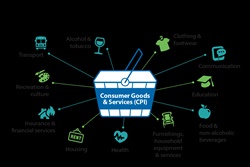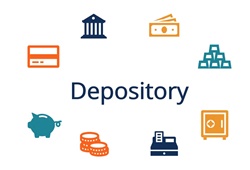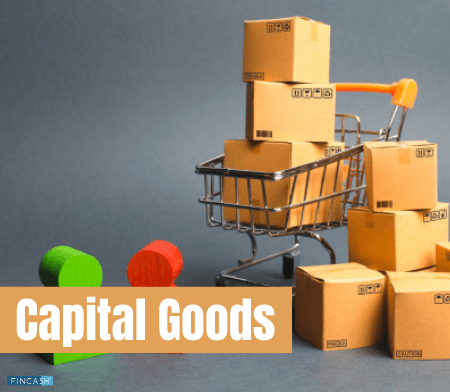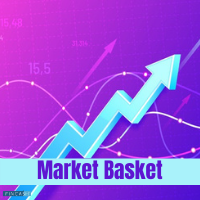
Table of Contents
Defining Basket of Goods
The Basket of Goods is the fixed set of some consumer services and products whose price is regularly evaluated, often monthly or annually. This basket helps track Inflation in a Market or a country; therefore, if the cost of the basket of goods rises by 2% in any year, inflation can be 2%.

The basket of goods represents a broader Economy and adjusts periodically to count for changes in consumers' habits.
Details About the Basket of Goods
It is essential to have an accurate reading of the inflation rate in any modern economy due to various reasons. It either offers people a sense of their betterment or worsened the situation, which might also impact the pay claims. Inflation is also linked with pensions and welfare payments, and for informing the economic policies, the government requires getting an accurate inflation reading.
The basket of goods, including the meat and poultry prices and the household insurance cost, gives the idea of how there are changes in the prices and how these changes affect the families' budgets. The figure can be collected monthly, but this is nearly impossible due to the broader list of prices. A basket of goods contains the list of most commonly bought goods in an economy. The 1000 most widely purchased goods are considered while calculating inflation, concerning their weighting, the change in the multiplier prices.
Talk to our investment specialist
Importance of Basket of Goods
Economically, the basket of goods has various everyday products like food, furniture, clothing, and several services. The expenses of education and communication are also included in the basket's content. As the items' price in this basket increases or decreases, the basket's overall value significantly changes. Annually, the governmental organizations collect data for the cost of the basket of goods and compare them with the previous year's basket of goods. This is then used for getting the resultant ratio, called the Consumer Price Index.
This price of the basket of goods indicates inflation and has a significant impact on the government's fiscal and monetary policies. The cost of every item included in the basket of goods also impacts the economy's major and minor financial decisions. Thus, from consumers' choices to the lending rates, allocation of assets, stock prices, and various other factors are highly driven.
All efforts have been made to ensure the information provided here is accurate. However, no guarantees are made regarding correctness of data. Please verify with scheme information document before making any investment.












